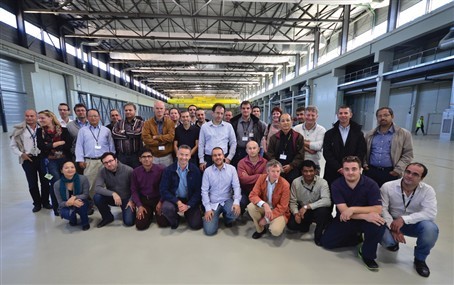ITER passes successfully its first site acceptance test


On 2 October, F4E and ITER IO have successfully concluded the first site acceptance test of the Control, Data, Access and Communication (CODAC) integration of the Poloidal Field (PF) coils building controller. Due to the impressive size and weight of the PF coils, ranging from 10 to 24 metres and weighing up to 400 tonnes, a specific building was constructed to assemble them on the ITER site.
The F4E CODAC team and the Site, buildings and power supplies project team worked together to achieve this result in collaboration with OMEGA and INEO.
The main objective of this activity was to integrate the local PF coils building alarm monitoring system into the overall site alarm system which will be in place for the building construction activities over the next 8 years.
The system handles more than 2,000 signals generated by the PF coils building subsystems responsible for heating, ventilation, air-conditioning, cooling water, heating water, electrical distribution, cranes and fire detection. Any alarm generated by those systems will be visible on any location through the CODAC network.
The excellent collaboration between the F4E and the ITER IO CODAC teams, along with the technical support received from ITER IO towards the development of the PF coils building interface, made this joint initiative a success.
